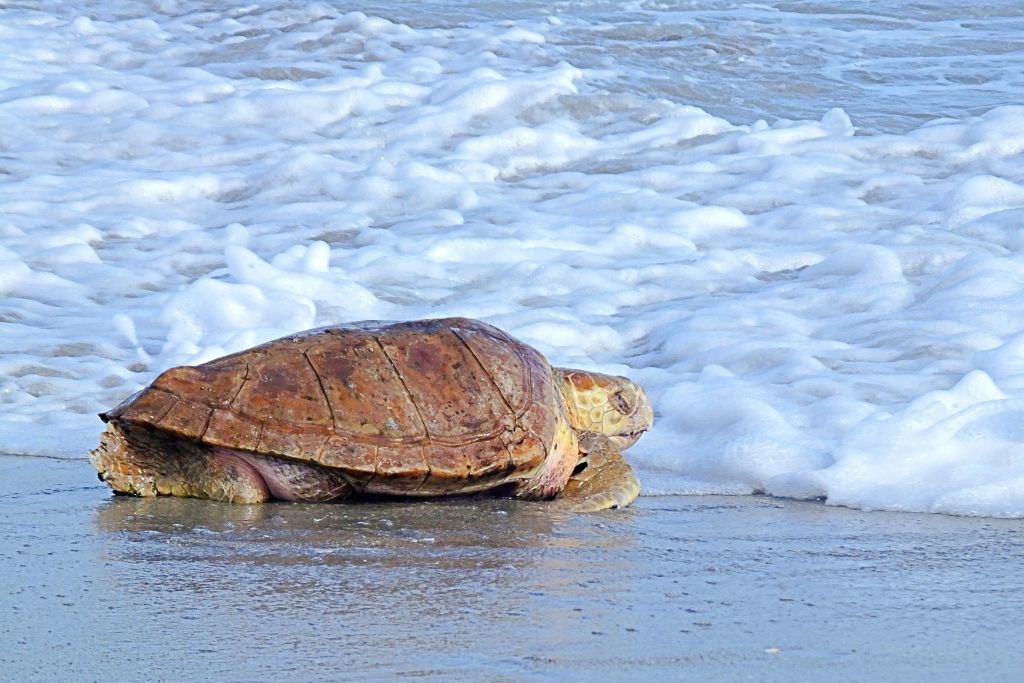Florida’s Turtle Hospital says that almost none of the sea turtles born in the US state in the past four years were male. Scientists blame climate change for skewing the sex balance towards more females.
—
Florida is experiencing a worrisome shortage of male sea turtles. The Turtle Hospital in Marathon found that nearly all sea turtles born on the state’s beaches in the past four years have been female, a worrying trend that scientists blame on climate change.
The sand’s temperature is extremely important as it determines the hatchlings’ sex. Cooler incubation temperatures, usually below 27C (82F), produce males while warmer sand above 31C (89F) often results in females. Fluctuations in temperatures during the two-month incubation period typically result in a mix of male and female turtles.
Male sea turtles are already outnumbered by around 10 to one. As record high temperatures in Florida make beach sand significantly hotter, the trend is further worsening. Most eggs now incubate above 31C, meaning that sea turtles in the state are overwhelmingly born female.
You might also like: 7 Interesting Facts About Sea Turtles
“As the Earth experienced climate change, increased temperatures could result in skewed and even lethal incubation conditions, which would impact turtle species and other reptiles,” the National Ocean Service said.
The eggs of marine turtles cannot survive underwater, reason for which these animals lay their eggs in a nest they dig in the sand with their rear flippers. Female turtles usually lay between 100 and 125 eggs at a time, and nest multiple times over several months.
Climate change is exposing already endangered sea turtles to even greater existential threats. Besides rising temperatures, these species face other risks, from sea level rise and stronger winds that are eroding and destroying their beach habitats, to ocean acidification and changing current patterns which introduce these marine creatures to new predators and harm the coral reefs which are essential for the survival of some species.
Of the seven species of sea turtle found all over the world, six of them are threatened or endangered. These include Green, Hawksbill, Olive Ridley, Leatherback, Loggerhead, and Kemp’s Ridley sea turtles. The latter have an estimated population of less than 10,000 individuals, making them critically endangered.
You might also like: 6 Sea Turtle Species Endangered By Climate Change and Human Activity


















